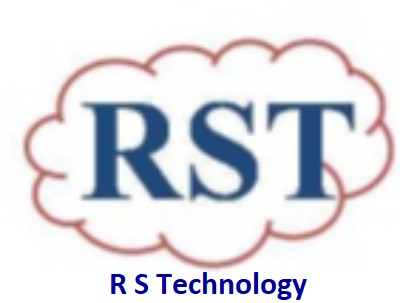The Cloud...what's it all about?
The Cloud…what’s it all about?
September 2013
 By now, you’ve heard of The Cloud. You might know that it’s a form of storage and services hosted online. But if you’re still not using it, that means you’re probably unaware of the benefits it can provide for your business.
By now, you’ve heard of The Cloud. You might know that it’s a form of storage and services hosted online. But if you’re still not using it, that means you’re probably unaware of the benefits it can provide for your business.First things first: What is the cloud? Basically, it’s server functionality that is hosted remotely and made available to users over the internet. These servers can either be used for data storage or for computing power to run applications. When you store anything online (as opposed to your actual computer hard drive or your company’s servers), you are essentially storing it in the cloud. And when you use advanced websites including Web mail or a best-price-for-travel site, you are using cloud computing.
This raises an interesting point: you are most likely already using the cloud, whether you know it or not. Even if you haven’t implemented it as part of your general business practices, you’ve probably at least been using it for personal purposes. Have you ever uploaded photos to Facebook? Saved a file to SkyDrive? Sent an email using Gmail? None of this content is stored on your personal computer or smartphone, but it is stored someplace – and that place is the cloud.
Now that you know some of the benefits the cloud brings to your personal life, it should be easy to imagine the possibilities it presents for your business. File storage, collaboration and access to business applications are just some of the ways that it can be very helpful. Below are just a few ways the cloud can make your life (and your employees’ lives) a little bit easier.
Pump up productivity
Using the cloud to store documents and emails gives employees access to these files from just about anywhere. This enables more mobility which is an important advantage in a world where people often work remotely or travel frequently. Increased flexibility will also increase employee contentment and a healthier work/home balance, which can lead to better productivity as well.
Cut costs
Conducting much of your business using cloud applications greatly reduces the need for onsite software and hardware. This means you’ll be spending less on the purchase and maintenance of the programs and equipment you use. The old saying, “time is money” also applies – cloud-based automation eliminates manual tasks that would normally be completed by employees and frees up their time for other, more useful purposes.
Work well together
With cloud-based technologies including voice, video and conferencing, meetings can now very easily include remote participants. The ability to connect, no matter where people are working from, makes collaboration a more efficient and streamlined process. It also enables communication with customers, suppliers and partners for better supply chain efficiency, giving your business a distinct competitive advantage.
Bounce back
One major advantage of the cloud is that it can be a safer way to store data. If you misplace a device or sustain damage or loss in your physical workspace, all of your files will still be backed up in the cloud, and you can get back to business without skipping a beat.
Transition smoothly
Once you make the decision to move to the cloud, the rest is relatively easy since transferring files does not involve any kind of installation process. Once the cloud is in place, employees can start saving to it immediately. Little training is required, since saving to the cloud is essentially the same process as saving to a hard drive.
While most of the benefits above apply to the public cloud, there are also many private cloud options available if your business is especially concerned with privacy and security. What is the private cloud? The main differentiator from the public cloud is that the private cloud does not extend beyond the corporate firewall and does not allow external access.
In fact, there are many ways to leverage the cloud. For most users, cloud will be a part of a strategy that combines traditional IT with private and public cloud elements. A hybrid approach ensures you have the optimal mix of delivery models – just the services you need, when you need them, with plenty of flexibility. You can learn more about the different types of cloud options and figure out which one is right for your business here.
If you’re still unsure, the great thing about the cloud is that you don’t have to jump in all at once. Pick a service or two that you’re willing to test out. If that transition goes well, you may very well decide to implement the cloud in more areas of your business.
